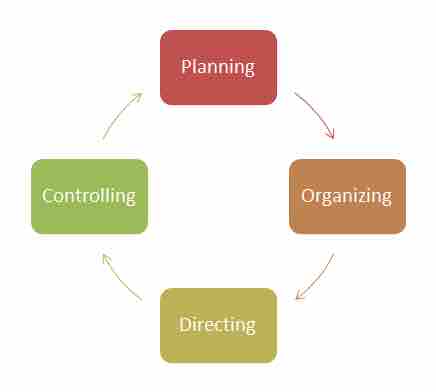Management and Organizational Design
Management can be described as the people who design an organization's structure and determine how different aspects of the organization will interact. When designing an organization, managers must consider characteristics such as simplicity, flexibility, reliability, economy, and acceptability. Different levels of management will participate in different components of this design process, with upper management creating the initial organizational architecture and structure.
Organizational design is largely a function based on systems thinking. Systems thinking involves identifying the moving parts within an organization that add value and ensuring that these parts function together as an effective and efficient whole. Perspective is essential in systems thinking: a manager's role in organizational design is to refrain from thinking of departments, individuals, processes, and problems as separate from the system and instead think of them as indivisible components of the broader organizational process.
Modern organizations exist within a framework of globalization and constant technological disruptions; as a result their organizational design is less static than in the past. Management must actively adapt organizations to meet various challenges, opportunities, and technological improvements to maintain competitive output. Because the organization is always changing, the problems of process and design are essentially limitless. Using a systems approach, managers view their objectives as moving targets and actively engage in expanding the organization day by day.
Management Processes
Organizations can be viewed as systems in which management creates the architecture for the system of production. Managers' role in organizational design is central but must be understood in the context of their overall responsibilities within the organization.
Management operates through functions such as planning, organizing, staffing, leading/directing, controlling/monitoring, and motivation. These functions enable management to create strategies and compile resources to lead operations and monitor outputs.

The functions of management
Management operates through four main functions: planning, organizing, directing (i.e., leading), and controlling (i.e., monitoring and assessing).
Management Hierarchy
All levels of management perform these functions. However, the amount of time a manager spends on each function depends on the level of management and the needs of the organization—factors which play a role in organizational design.
- Top-level managers include the board of directors, president, vice-president, CEO, and other similar positions. They are responsible for planning and directing the entire organization.
- Middle-level managers include general managers, branch managers, and department managers, all of whom are accountable to the top-level management for the functions of their departments. They devote more time to organizing and directing.
- First-level managers include supervisors, section leads, foremen, and similar positions. They focus on controlling and directing.
As a result of this hierarchy, upper management will view the organizational design from a macro-level and consider all moving parts of the organization. Middle-management will generally focus on operations within functional or geographic areas. Lower-level managers will look at specific processes within functions or regions. From an organizational-design perspective, the higher managers are in the organization, the broader the view they will take and the greater number of moving parts they will consider.